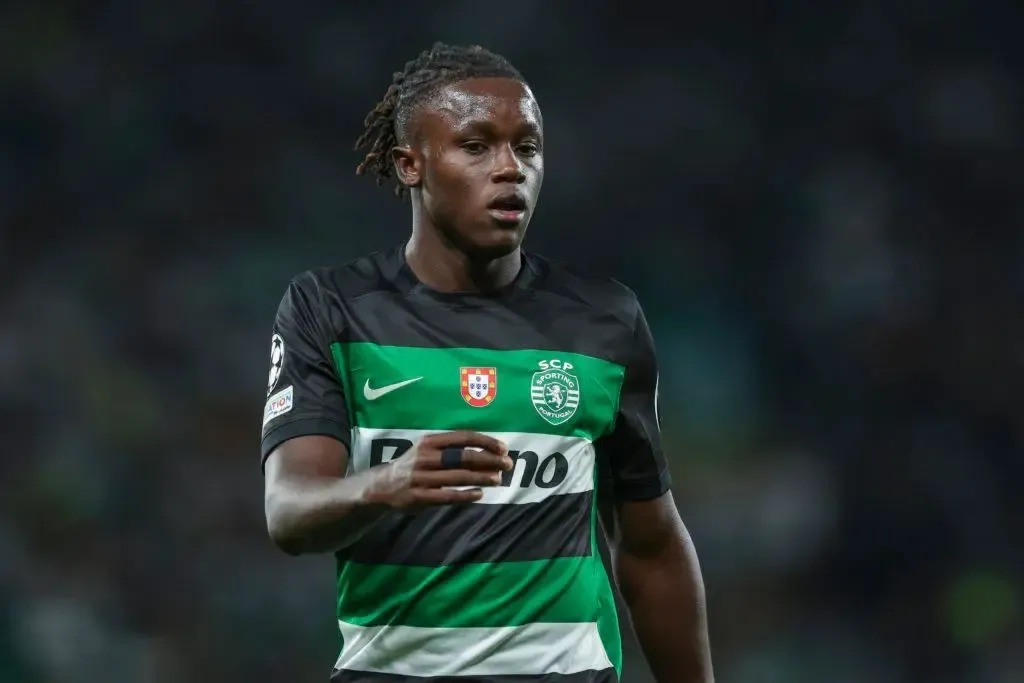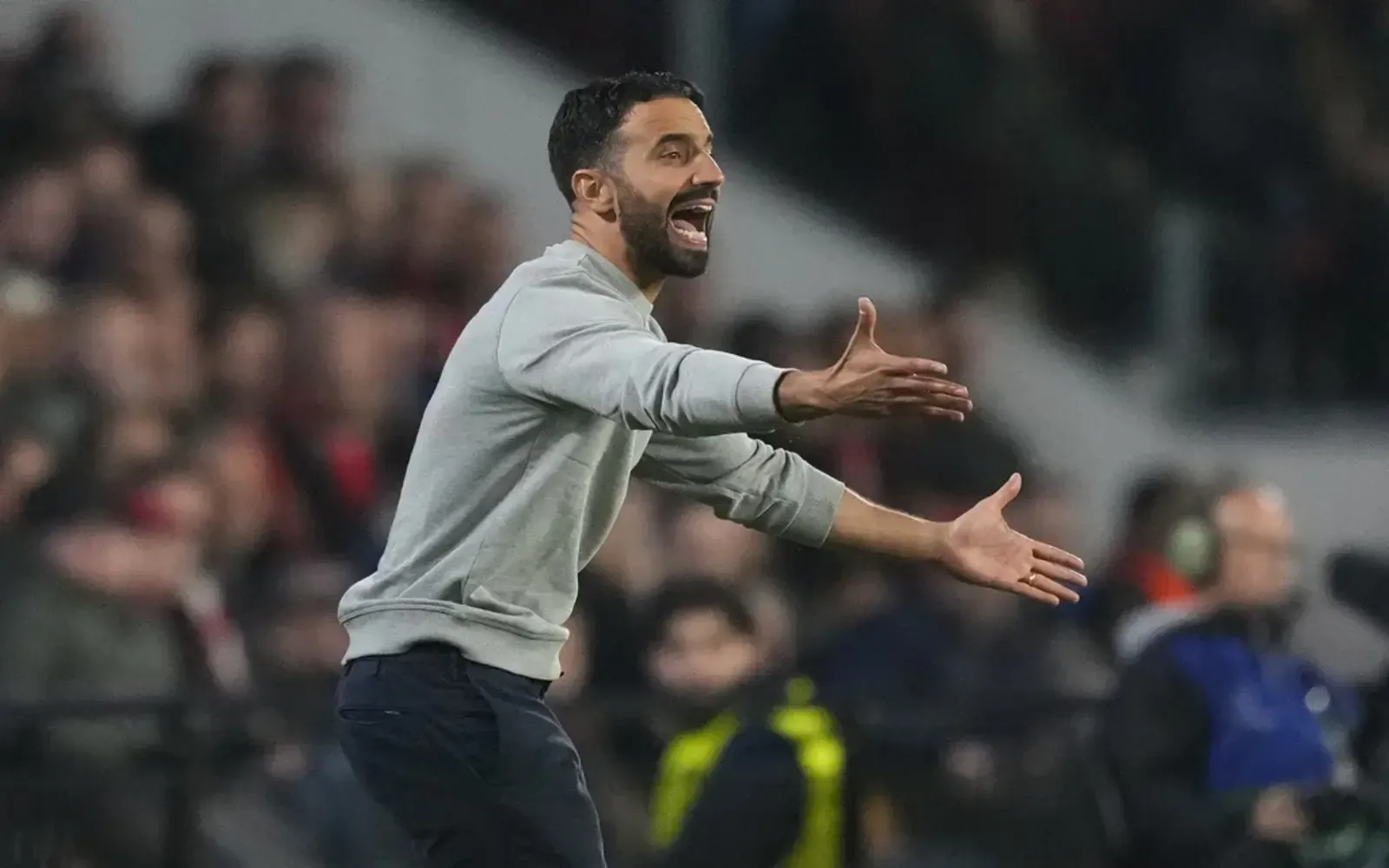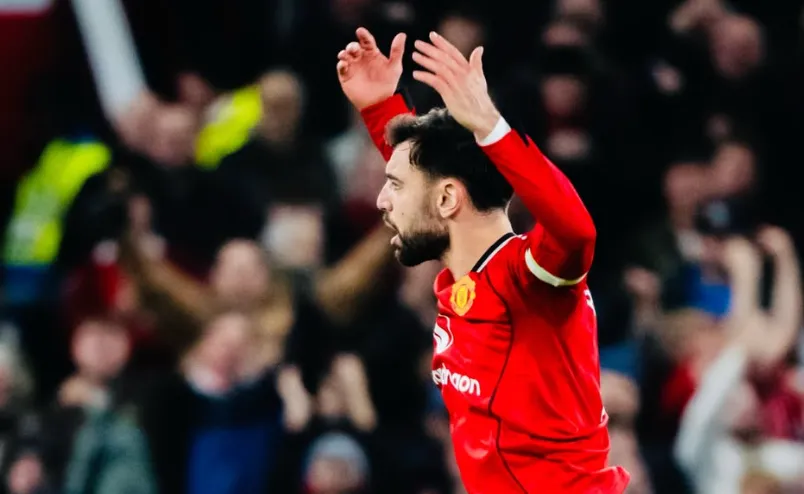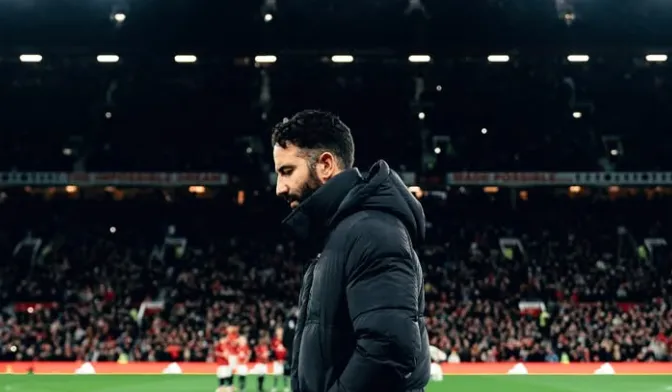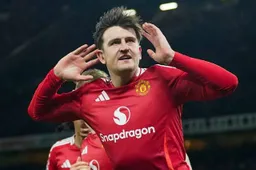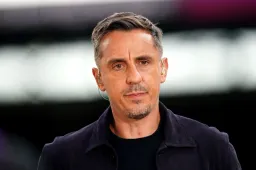Man Utd transfer can succeed 'coming from deep' but not target man says Casemiro
NewsSunday, 09 March 2025 at 09:41
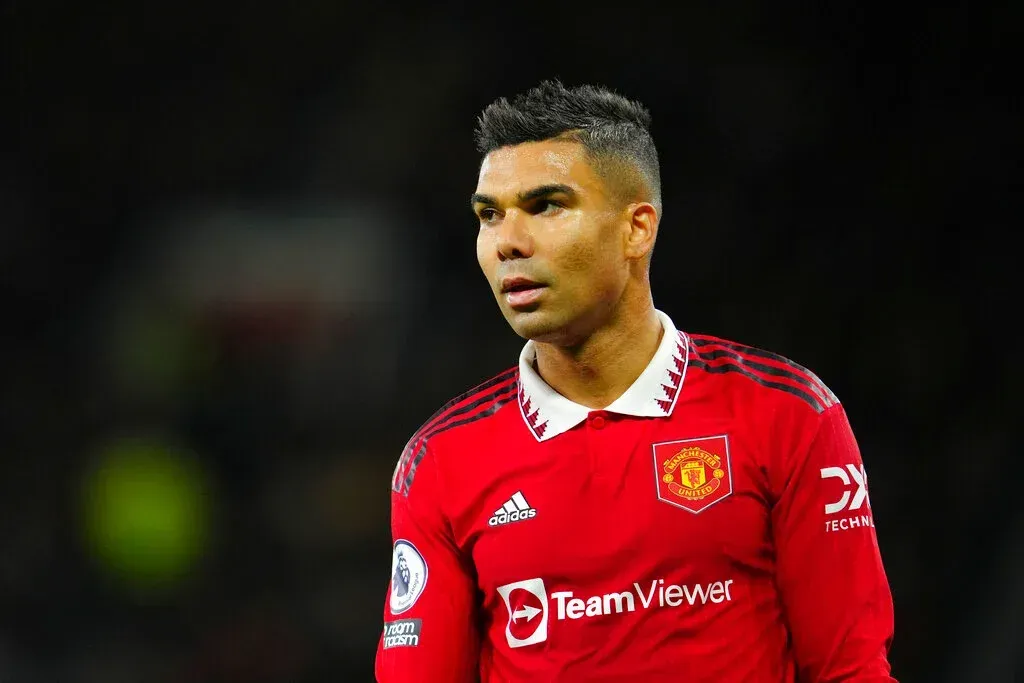
Manchester United finally look as though they are beginning to solve one £36.5m problem that Ruben Amorim inherited from Erik ten Hag.
Over recent weeks, Amorim has chosen to utilise Joshua Zirkzee deeper and that has been fruitful so far. While the goals may not have been free-flowing for United, there are definite signs that this is the role that suits Zirkzee best.
This has even been confirmed by one of Zirkzee's teammates following his goal in the 1-1 draw with Real Sociedad. "He's a very good player, but he's not a No.9 who stays in the middle," Casemiro explained.
"He has more quality when he comes from deep, he is very strong in duels and on the ball he is a top player. He is not the normal striker, but he is a top player and I am very happy for him."
Read also
One of the reasons for this upturn in form is likely due to his newfound position in the squad. Ruben Amorim has chosen to move Zirkzee back into a No.10 role that suits him a lot better than being the lone striker at the top of the pitch.
Signed for £36.5m from Bologna in the summer of 2024, Zirkzee was initially deployed as a direct alternative to Rasmus Hojlund, but his struggles in that role were evident, with only six goals in all competitions this season, often appearing isolated and ineffective in United’s attack.
The tactical shift to a deeper, more creative role has allowed Zirkzee to leverage his technical skills, physical presence, and vision, qualities that were underutilized when he was positioned as the focal point of the attack.
Read also
Casemiro’s comments highlight a growing consensus within the squad that Amorim’s tactical adjustments are beginning to bear fruit, even if United’s overall results remain inconsistent.
The Brazilian midfielder, who has himself faced scrutiny for his performances this season, praised Zirkzee’s ability to influence games from a deeper position, suggesting that this role could be key to unlocking the Dutchman’s potential at Old Trafford.
This alignment between Casemiro’s observations and Amorim’s strategy underscores the importance of positional flexibility in modern football, particularly in a squad undergoing a significant transition under new management.
Amorim’s decision to reposition Zirkzee also reflects his broader challenge of adapting a squad not built for his preferred 3-4-2-1 system. With key players like Amad sidelined by injury, Amorim has had to find creative solutions to maintain attacking fluidity, and Zirkzee’s redeployment is a prime example of this adaptability.
The move has not only improved Zirkzee’s individual output but also enhanced United’s midfield dynamics, providing a link between the deeper midfielders, such as Casemiro and Manuel Ugarte, and the forward line.
This tactical tweak could prove crucial as United face a pivotal period in their season, with the Europa League representing their last realistic chance of silverware and a potential route back to the Champions League.
However, the success of this adjustment raises questions about United’s transfer strategy and squad planning. Zirkzee’s signing was intended to bolster the striker position, yet his best performances are now coming in a role that overlaps with other players, such as Bruno Fernandes, who has also been deployed as a No.10 in Amorim’s system.
This overlap highlights the need for a more coherent recruitment approach under INEOS’s stewardship, particularly as the club looks to address its goalscoring woes, with only Everton and the relegation-threatened sides scoring fewer Premier League goals this season.
The potential addition of a new striker, such as Crystal Palace’s Jean-Philippe Mateta or Sporting CP’s Viktor Gyokeres, could complement Zirkzee’s new role, allowing United to build a more balanced and effective attacking unit.
Loading
